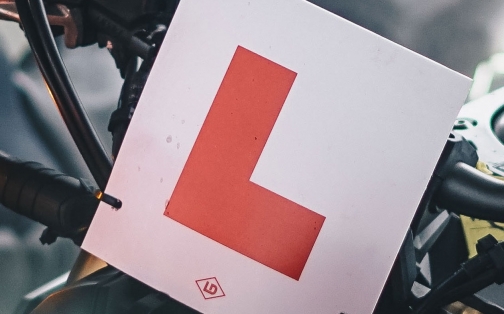
- Home
- News
- Young Drivers
- Teacher Training Methods

Teacher Training Methods
Driving instructors’ teaching methods have been challenged recently as the Institute of Advanced Motorists claims the number of young drivers is so vast that teaching methods must be failing, “to produce safe and law abiding motorists”.
One of the statistics in question belonged to males aged 20 or under, 30,850 of which have up to 6 points for offences such as speeding or careless driving. 358 of these selected males are only aged 17.
They also found that just under 10,000 women aged 20 and under have up to 6 points. In 2012, it was found that despite younger drivers only accounting for 8% of the driving population, 20% of all collisions where a serious injury or fatality was caused involved a younger driver.
The Chief Executive of The Institute of Advanced Motorists was quoted saying, “Such high numbers committing a wide range of offences demonstrates the inability of our current system to deal with the attitudes and lack of experience which put new drivers at such high risk on the roads today.” The road safety expert continued: “The government is currently working on a Green Paper for young drivers and this must better address the content and process of learning to drive so that our roads are safer for all road users.”
The Institute of Advanced Motorists believe that younger drivers are vulnerable for two major reasons. The first being their inexperience and the second can often be because of irresponsible attitude.
They suggest the issue of inexperience may be addressed by exposing the younger drivers to as many different possible driving scenarios such as spending time on motorways during learning hours as currently this is forbidden for learning drivers. Learners are also not taught how to cope with hazards caused by adverse weather conditions such as skid plans and over-steering.
As far as attitude is concerned, a lot of younger drivers feel invincible once they have the independence which accompanies owning a car. However, this is often paired with arrogance and the refusal to listen to parents warning of safety. So it may be that classes include a static session of comments from other younger drivers who have abused their road rights and suffered.
Share this article
Request a Callback
Had an accident that wasn’t your fault? Leave your details and we’ll call you back.
Thank you
Thank you for your request, one of our team members will be in touch shortly.
Find Out MoreExisting Client?
Keep on top of your claim 24/7, 365 days a year with Touchpoint, accessible from any internet-enabled device.



